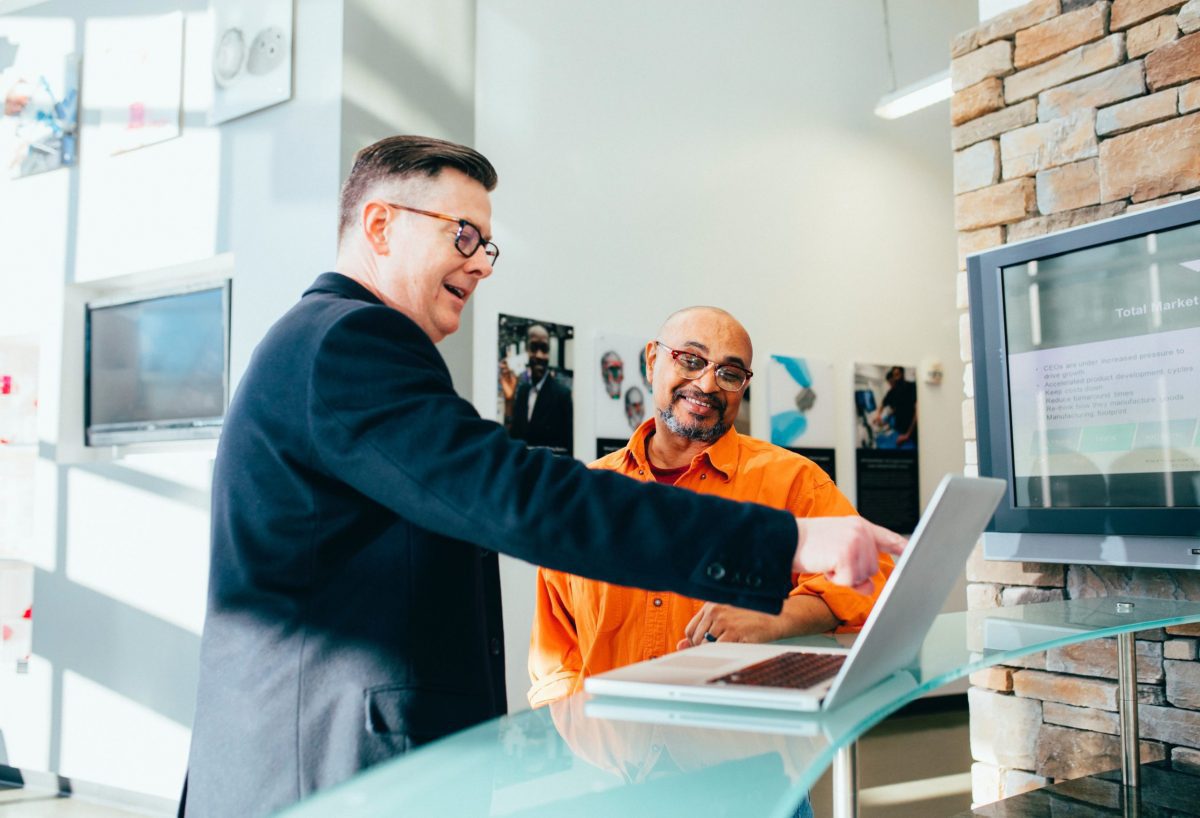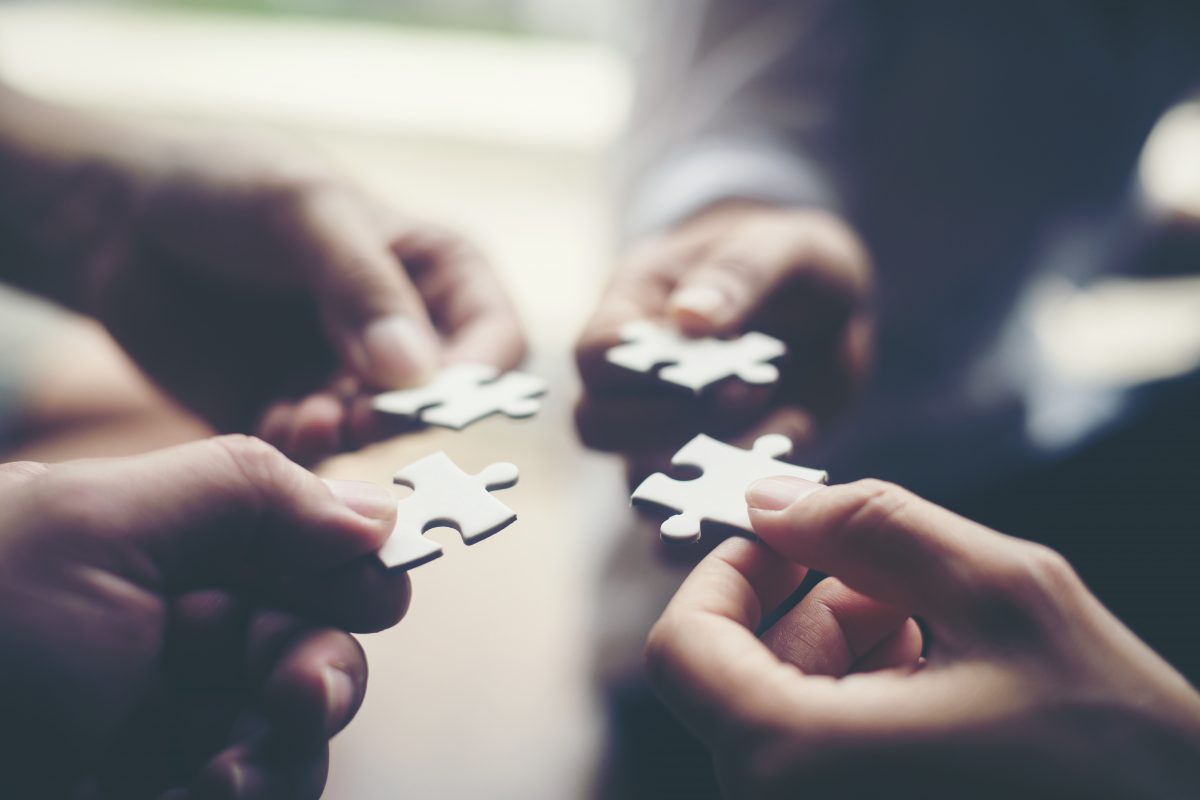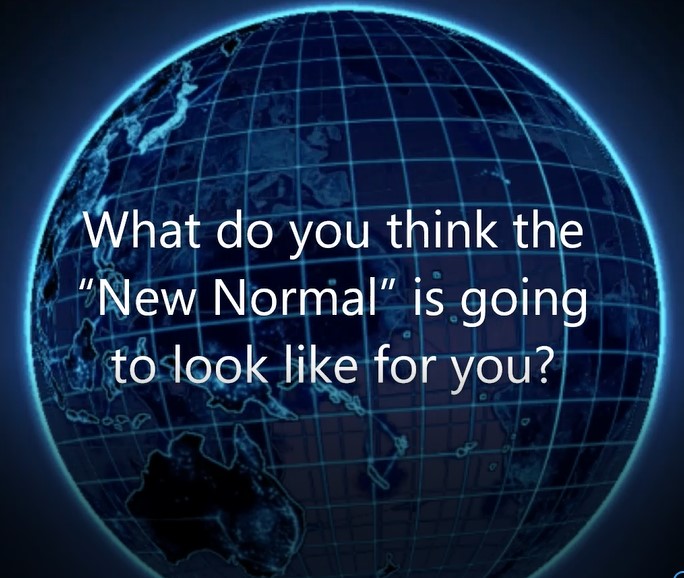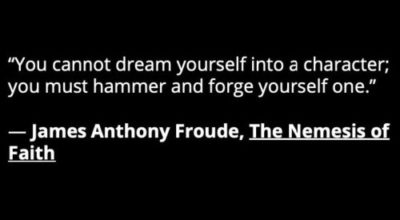There is no doubt that current events are affecting business more than you ever thought possible. A lot is changing. Supply chains are shifting and customers are reevaluating their choices. Stakeholders are more present and products and services are rapidly becoming obsolete, and so on. Have you considered how it has been affecting your organization’s culture? While our focus may be on other things, we still need to consider how we, as leaders, can drive positive culture change in this turbulent environment. What is the “right culture” to have in a crisis?
Culture is a set of learned beliefs, values, and behaviors that become the way of life in an organization. It results from the messages that are received about “what is really valued around here”. The sources of these cultural messages come from the behaviors, symbols, and systems within an organization. Current events have impacted all three of these pillars. Systems are being stretched to adapt to new realities. People’s behaviors are testing new paradigms and redefining the whole person concept. Symbols are shifting due to the new ways in which people are communicating and relating to each other.
A Culture Amp survey[1] (published in Forbes) tried to better understand organizational culture in the context of current events. It was originally done to address the effect of the global pandemic, though it could also be applied to the racial equity conversations happening right now. One of the survey’s key findings was (no surprise!): “Companies with a strong culture are much more resilient in times of crisis… Organizations that already have experience flexing this muscle are more likely to have confidence in their leadership, feel safer, and be more comfortable about their company’s plan to return to work”. The survey findings highlight the need for effective communication practices and the importance of staying connected.

What is the right culture to have in a crisis?
The empirical evidence is strong. The “right culture” to have in a crisis is one that will hold strong through the most difficult of times. Let me share a couple of examples of how effective communication and staying connected can help an organization achieve this kind of culture.
A large So. Cal. player in the technology field was going through internal turmoil in the aftermath of a change in leadership and direction. The new CEO had been challenging the existing organizational culture and was seen as cold, hard, and inflexible. COVID-19 unexpectedly changed the conversation. The CEO had the opportunity to show his/her personal, vulnerable side as the leadership team was “allowed” into the CEO’s home (a working from home phenomenon). This seems to have changed the narrative and the organization is seeing a positive change in engagement and identity. The CEO is now working on ensuring that the organization does not lose what it gained as the situation evolves.
The growing consciousness and conversations around racial inequities were heavily impacting another large company in the retail business. They immediately implemented several support mechanisms for their employees (internal). They also planned to aggressively organize their ongoing response and local outreach efforts (external). Through the process of connecting with their employees, they heard many eye-opening stories, including one from an African American single mother who said she couldn’t work late or night shifts because she was afraid to leave her teenage son alone to travel the streets at night. Her fear had to do as much with gang-related violence as with law enforcement-related actions.
The impact on culture is not just limited to the corporate world. Consider this recent headline (AP News, May 19, 2020): “Pandemic will alter Communion rituals for many US Christians”. Without a doubt, similar conversations are happening at all faith-based communities and organizations around the world. Rituals such as Communion, Gospel Choirs, Yom Kippur, Hajj, Darshan, and others, are highly symbolic of each faith’s teachings and practices. Yet, they may need to change in this new world, and this could have a profound impact on each of these communities of faith’s culture and their ability to ensure the sustainability of their vision.
Navigating an I*VUCA world
These, and many more anecdotes from the frontlines, show that we need to address the organization’s “I*VUCA”. VUCA is an acronym that describes the Volatility, Uncertainty, Complexity and Ambiguity of general conditions and situations. It is often used in strategy discussions to describe the external environment. However, I strongly believe that VUCA is an internal phenomenon as well. Now more than ever, we need to look at the volatility, uncertainty, complexity, and ambiguity of the organization’s internal organizational culture. Hence, I* (Internal) VUCA.
Now is the time for leaders and teams to reflect and understand why they are responding either effectively or ineffectively, not only to VUCA, but especially to I*VUCA. The current environment gives us a window of opportunity that allows us to quickly access and understand how we are responding to the different challenges that the organization is facing. Investing time to understand what is working and what isn’t is a gift that the unfolding events are giving us. We cannot risk going back to our default mode at the risk of becoming irrelevant.
We know that a strong culture is one of the most powerful tools that an organization can wield. It can also be a barrier when change is needed. In Satya Nadella’s words, “Culture is everything!” Are you doing the right things to drive the culture your organization needs to succeed in the I*VUCA world?
[1] https://www.forbes.com/sites/janicegassam/2020/05/06/how-your-company-can-drive-positive-culture-change-during-a-global-pandemic/#7ffd241129d0














 Axialent
Axialent
 Moreover, d
Moreover, d
